|
Original Greyhawk Map for use in Medieval War Game Campaign D&D is not a Living WorldIt's been some time since I began this series. Movie work and level 20 Slacker Class Power on my part has kept me away from continuing this series. Although I wanted to discuss how Wizards get the the short end of the stick in later iterations of D&D, and how we get there, some essential ideas need to be considered before I continue on with game mechanics. As always, I like to be a bit provocative. I am just going to say it now: D&D does not create a living world and is merely a shadow of what Dave Arneson showed is possible. Original Blackmoor Map Colorized to Show Details REGURGITATIONS ON EARLY RPG PLAY What many historians overlook when they examine old documents is that without the actual designer, or players there to contextualize the game it is very easy to misunderstand what any game is for. This is especially problematic when examining ANY game that utilizes RPG play. Most of us who played D&D early on were primarily playing in dungeons. Although a world setting Greyhawk was focused more on going into dungeons than anything else. I glean this from what is being reproduced of the old dungeons today. I do not hear of epic military invasions in Greyhawk, perhaps I haven't dug deep enough yet? Blackmoor War Game Campaign Outline for Players Blackmoor was different - It was a living world. As such it operated on several scales that were all interwoven. These scales follow war game concepts of Strategic, Tactical, and even smaller tactical Braunstein scale games of one person is playing one person. It's important to remember that the concept of one person being one person already resides within each of these scales. The strategic game has each player acting as a ruling noble or powerful wizard in charge of their castle and domain. The tactical game has one player acting as a general leading an army into battle. The Braunstein scale game is one player as one person who is free to exist in real time. The grand scale strategic game was a diplomatic socio economic simulation. Arneson had some players who would play this high level game as leaders of small countries and some were playing the bad guys. Their activities drove the Over Arching Plot Elements in the World of Blackmoor. Just as in the Lord of the Rings there was a shadowy evil enemy. The Egg of Coot was just north west of Blackmoor across the sea. No one played the Egg of Coot as far as is known. The Egg always acted through lesser creatures that were played by some of the players themselves. It was the scheming by actual players that drove the Plot Events that would result in battles, or the tactical level game. Thus the tactical battle game was an extension of the strategic game. John Snider describes how his first Blackmoor game was as one of the bad guys attacking the town of Blackmoor, as a minion of the Egg of Coot. These battles came to be known as the Annual Invasions in the campaign and Arneson writes about them in his Blackmoor Rumor Monger and Gazette. Excerpt from Blackmoor Rumor Monger and Gazette The Braunstein scale game began as a player vs. player story game within the town of Blackmoor. It is important to understand that Braunstein is different from how D&D is played. David Megarry describes his first Blackmoor town game as being much different in how the game is being referee'd. His personal impression is that it was already using the methods for play one finds in D&D right from the start. He cites the semantic element used by Arneson "What do you want to do?" as defining play for this game. Over time the players would expand their exploration of this new world to the nearby wilderness areas as well as straight down into the dungeon and even the sewers of Blackmoor which appear in early David Megarry dungeon maps. Something to Consider: To this day, it's likely that Arneson is the only game designer to use each facet of the RPG methodology in one game world setting. I have heard of other games that some would claim are RPG's, yet since most historians hoard and hide their sources, I have no reference that would lead me to support what they say about these other games. Without access to complete documents their assertions seem like overly strong claims. None of those games lead to the invention of the Adventure RPG Game as Blackmoor did. Blackmoor Town Map D&D AS A PRODUCT Between 1971 when Blackmoor comes into existence as more than a war game, what I call True Blackmoor, and 1974 when D&D is published, the focus of the game will change. Yet this change in what will later become a product happened early on within Blackmoor. Arneson's desire, based on his writings, is that his campaign would remain a real world setting. He even made efforts to railroad his players out into the wilderness by banning them to Lock Gloomen. And again he would occasionally force them to play out big battles in the defense of Blackmoor town. The problem is that he created something much too appealing. His Dungeon invention was just too fascinating; most of his players just wanted to play the 10' - 20' - 30' with stairs leading down game and were less interested in his war game ideas. As a side note: There are some historians who try to minimize Arneson's genius by claiming his loss of interest in his own campaign around 1972 is somehow an indication of his failings as a game designer. As the only referee of an RPG on the entire planet he was under constant demand. He was meeting with groups twice a week and getting phone calls and visits the rest of the time. His players simply burned him out. He was also still running what is likely the largest multi player paper based world scale war game in history; what Arneson called his Nappy Campaign Game - which stood for napoleonics. Even though the published version of D&D does cover the living world setting concept of having domains and having armies and also adventuring, it suggests players wait until they are higher level to do so. Most of the design elements for campaigning in the wilderness come directly from Arneson's Blackmoor, yet in abbreviated from. Even the D&D economy, think to yourself Equipment Price List, can be traced to Arneson's military miniature campaign days likely beginning around 1967. As consumers, we all read about going into the wilderness and perhaps building castles, armies, and navies, yet the majority of players are only playing dungeons. And what is more significant is how consumers do it. Players do not expand the scale of their games. Everything is being played on the Braunstein scale combined with Arneson's "What do you want to do?" play method. What ends up in D&D is merely a fraction of what was originally envisioned by Arneson. Dave Arneson Letter to Dan Nicholson Discussing Goings on in the Nappy Game SNAPPING OFF PIECES OF BLACKMOOR We are no longer in a living world. We are in a world that comes to life when the players interact with it. It is a static world. A referee can tell stories about there having been a battle and its implications, but the battle is the result of a fabrication unlike the living world concept where all the players gather to resolve big conflicts and the result is a real result. D&D simply took one aspect of Arneson's vision and snapped it off. It's still Arneson's vision of game play, but it is only a fraction of the entire design and experience. Without the constraints of Arneson's living world concept the rules are up for grabs as players demand even more freedom and power. This is how the game will lose its concepts of play balance and will hence forth become an ever expanding world of NERF; where the design is not predicated on simulation and balance, but rather on the fulfillment of User Experience. NERF'ing comes from the harm free NERF balls sold to kids, and implies a game where the players are getting closer and closer to a game they can never lose. Original printing Dungeons & Dragons books - Originally Owned by Fred Funk Many of you are likely saying: But we love our game and we don't want limitations.
I agree, the game should be what is most appealing to most gamers... *IF ALL YOU WANT IS A GREATER VOLUME IN SALES TO A GREATER MARKET OF CONSUMERS* Yet my interest is firmly locked into exploring and understanding why OD&D was created as it was originally, and also how it began to morph into what it has become now. In closing, I want to point you to the oft used term of play balance and where that came from. The place it has greatest utility is within a war game, thus with the removal of the head to head aspects of Arneon's Living world concept, it is no longer needed. And where one see's the presence of play balance within D&D's design is in the Player vs. Monster conflict, as well as Class vs. Class conflict for the players. With these ideas firmly in mind, now we can move onto discussing more on how Play is Nerf'ed in both OD&D and Greyhawk Supplement.
10 Comments
10/21/2019 10:39:13 am
Really interesting - do you think the multiple levels on which Arneson ran his Blackmoor game were aspired to in later versions of D&D? (I'm thinking specifically of Mentzer's BECMI system, the "Companion" level of play).
Reply
Griff
10/21/2019 01:50:41 pm
Good questions.
Reply
10/27/2019 12:47:56 am
Hi Griff,
Reply
griff
10/27/2019 09:38:43 am
The Blackmoor map is the map it would be associated with.
Reply
10/28/2019 12:13:40 am
Hi again,
Reply
griff
10/28/2019 12:25:59 pm
The Hoyt map was a mimeograph thus there are a few copies of it floating around. I am pretty sure it is now in Jon Peterson's collection.
Reply
Riho
3/5/2023 06:52:17 pm
I am stunned reading this.
Reply
Griff
3/6/2023 04:09:33 pm
Glad you find it interesting.
Reply
Leave a Reply. |
DVD'S, Books, T-shirts, games and more available on our store.
AuthorSecrets of Blackmoor is a Feature-length documentary about the birth of the “Mother of all Games;” Dungeons & Dragons. Archives
January 2024
Categories |
Privacy Policy
All Contents Copyright © 2023 The Fellowship of the Thing, Ltd. - All Rights Reserved
All Contents Copyright © 2023 The Fellowship of the Thing, Ltd. - All Rights Reserved

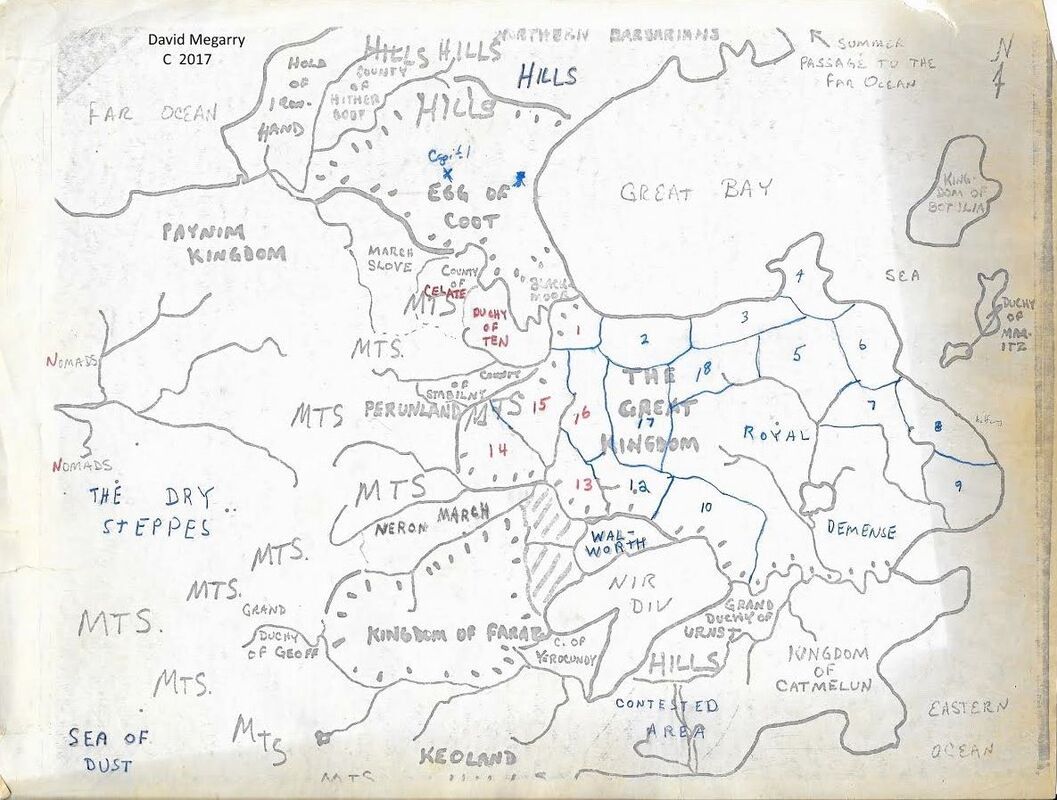
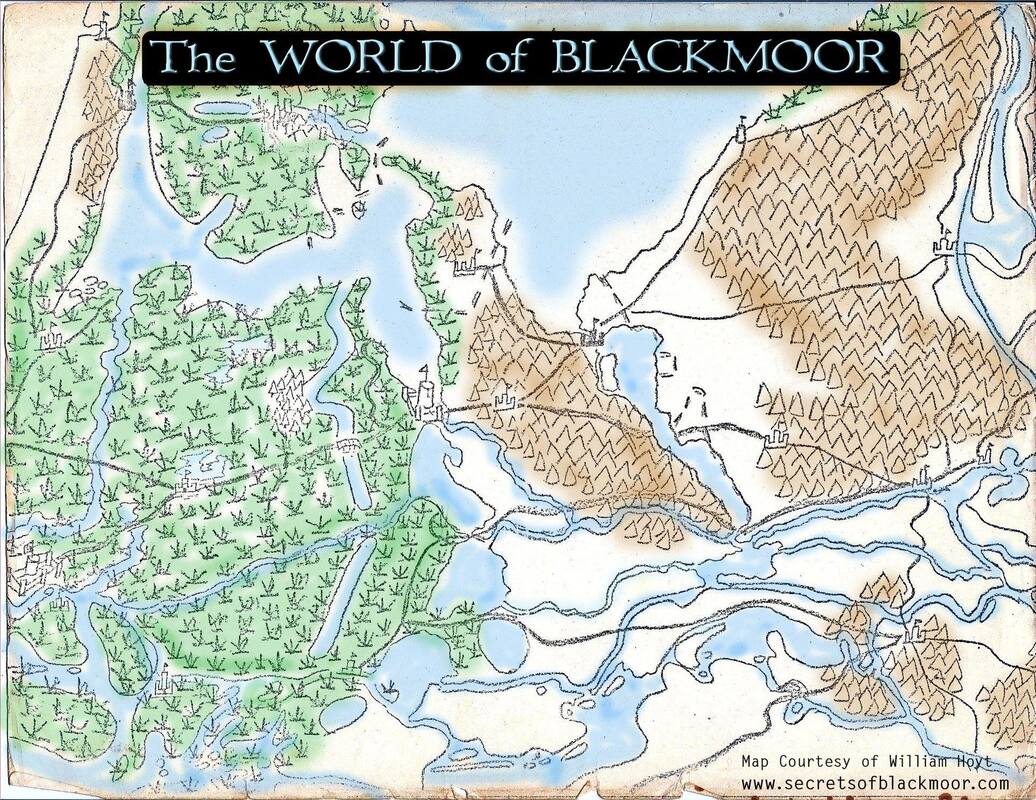
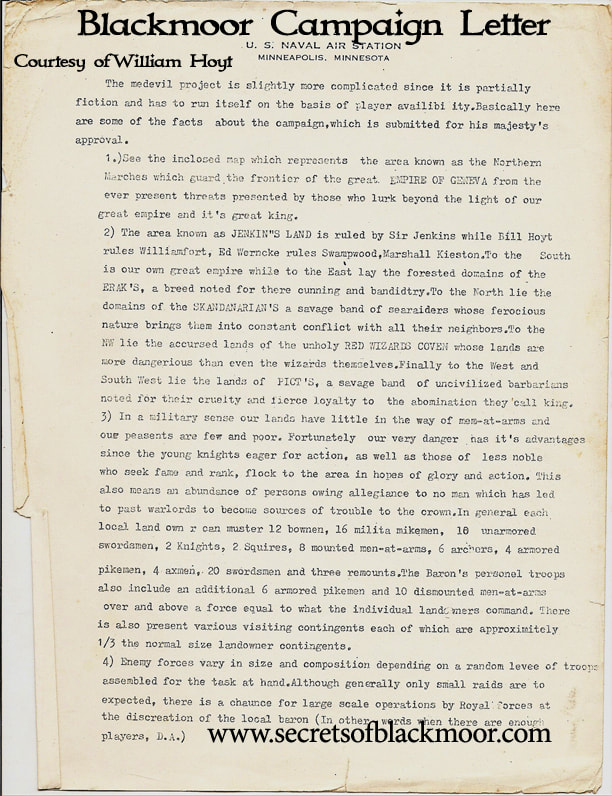
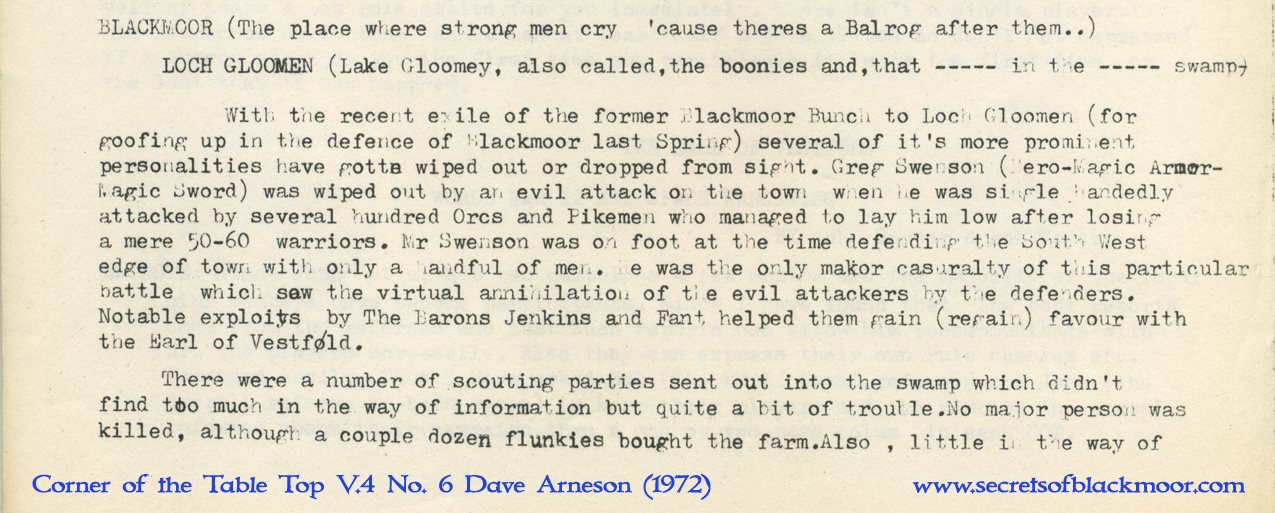
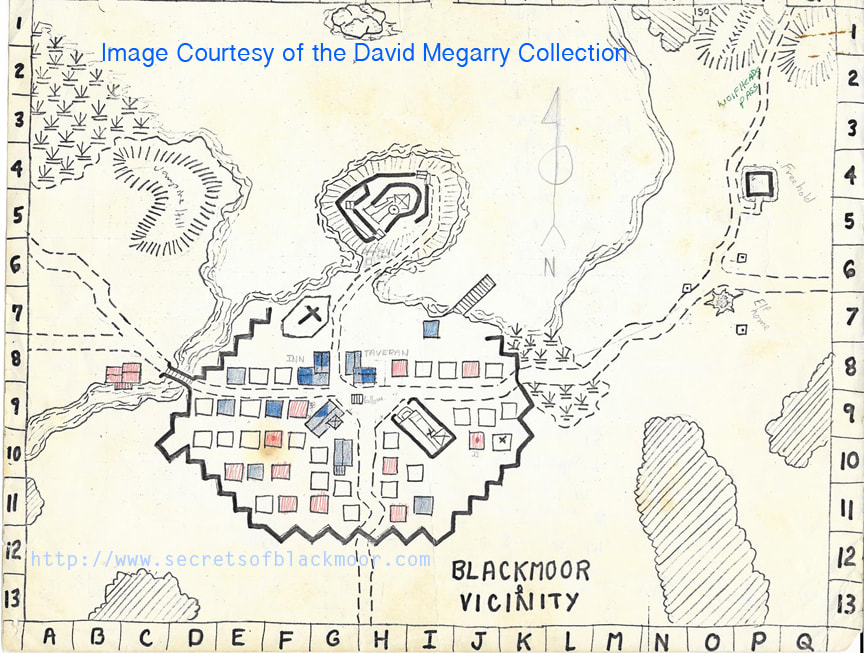
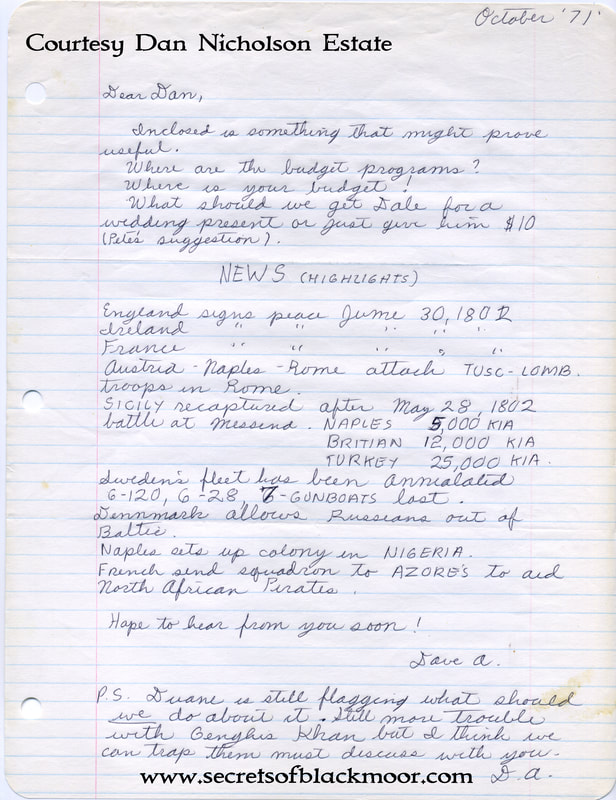
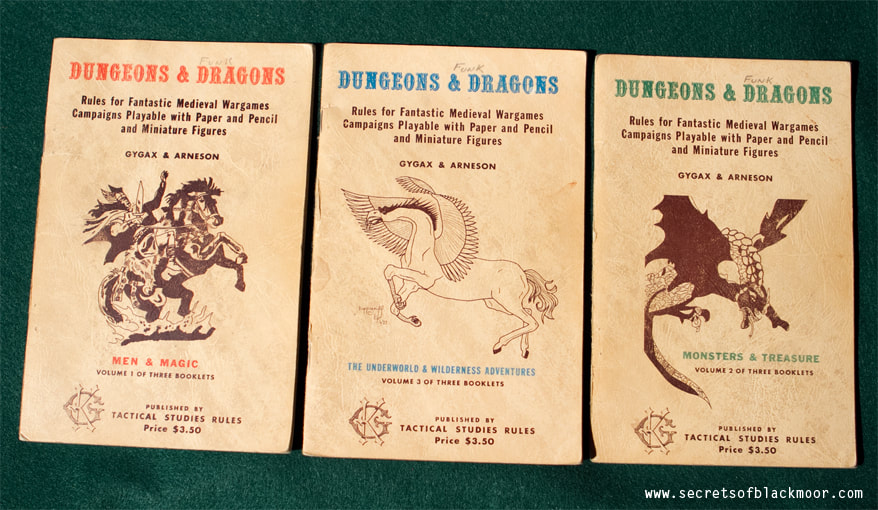
 RSS Feed
RSS Feed